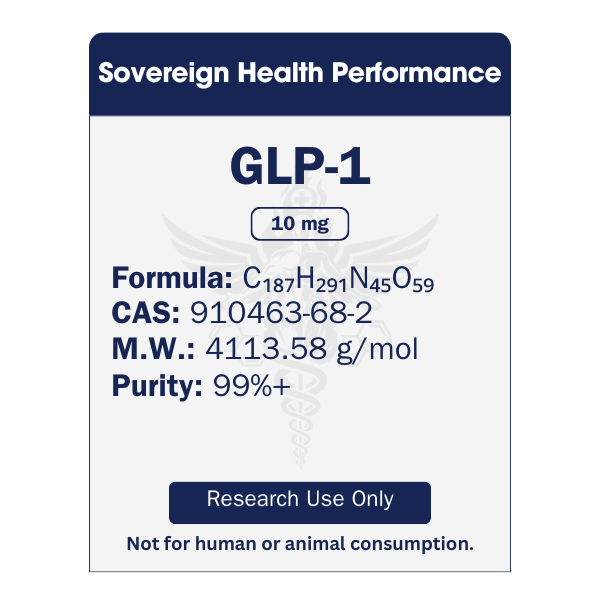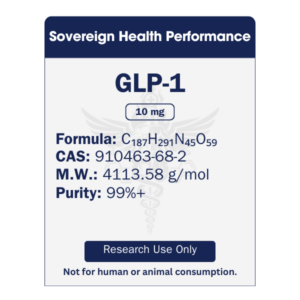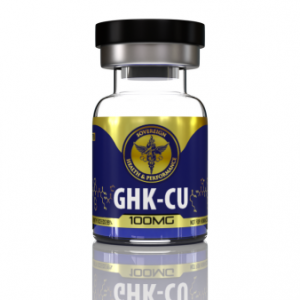 Notice:
This item is provided strictly for laboratory research and analytical purposes.
It is not intended for human or animal use of any kind. Experimental application must remain within controlled, in vitro environments.
All content on this site is for scientific education and reference only. This material is not a food, drug, or cosmetic, and must not be misrepresented or misused as such.
Handling is restricted to trained and properly licensed professionals.
Notice:
This item is provided strictly for laboratory research and analytical purposes.
It is not intended for human or animal use of any kind. Experimental application must remain within controlled, in vitro environments.
All content on this site is for scientific education and reference only. This material is not a food, drug, or cosmetic, and must not be misrepresented or misused as such.
Handling is restricted to trained and properly licensed professionals.


- Description
- Quality Documentation
- Additional information
Description
Description
Introduction to GLP-1 (Research Use Only)
GLP-1, short for glucagon-like peptide-1, is a synthetic peptide analog that acts as a GLP-1 receptor agonist. It is structurally similar to a naturally occurring hormone involved in glucose homeostasis and appetite signaling. GLP-1 has been extensively studied in models of type 2 diabetes, metabolic syndrome, and cardiovascular risk management, and continues to be evaluated for its broad physiological effects.
Research Highlights
1. Glycemic Control and Diabetes Models
A pivotal randomized controlled trial, the SUSTAIN-1 study, published in the New England Journal of Medicine in 2017, demonstrated that GLP-1 significantly improved HbA1c levels compared to placebo in individuals with type 2 diabetes. These results highlighted GLP-1’s potential in promoting glycemic stability across various metabolic conditions.
Reference: Marso et al., 2017
2. Metabolic Regulation and Energy Balance
The STEP 1 trial, published in The Lancet (2021), examined the effects of GLP-1 in individuals with elevated BMI and metabolic comorbidities. Participants receiving GLP-1 exhibited meaningful changes in energy balance parameters compared to placebo, underscoring its relevance in appetite signaling and metabolic research.
Reference: Wilding et al., 2021
3. Cardiovascular Outcomes
The SUSTAIN-6 trial (NEJM, 2016) assessed the cardiovascular outcomes of GLP-1 in patients with type 2 diabetes. The study revealed a significant reduction in major adverse cardiovascular events (MACE), including nonfatal stroke, nonfatal myocardial infarction, and cardiovascular death.
Reference: Marso et al., 2016
4. Mechanisms of Action
Research published in Diabetes, Obesity and Metabolism detailed the mechanisms through which GLP-1 improves glycemic control. These include enhancing insulin secretion, suppressing glucagon, and slowing gastric emptying, which collectively help stabilize postprandial blood glucose levels.
Reference: Davies et al., 2017
5. Safety and Tolerability Profiles
A 2018 review in Diabetes Therapy analyzed clinical data from multiple trials and found that GLP-1 was generally well tolerated. The most frequently reported side effects were gastrointestinal, such as nausea and diarrhea, which tended to decrease over time.
Reference: Sorli et al., 2018
Supporting References
- Marso, S. P., et al. (2017). Semaglutide and Cardiovascular Outcomes in Patients with Type 2 Diabetes. New England Journal of Medicine, 376, 1941–1952.
- Wilding, J. P. H., et al. (2021). Once-Weekly Semaglutide in Adults with Overweight or Obesity. The Lancet, 397(10280), 671–684.
- Marso, S. P., et al. (2016). Semaglutide and Cardiovascular Outcomes in Patients with Type 2 Diabetes. New England Journal of Medicine, 375, 1834–1844.
- Davies, M. J., et al. (2017). Efficacy and Safety of Semaglutide Versus Placebo as Add-on to Basal Insulin (SUSTAIN 5). Diabetes, Obesity and Metabolism, 19(9), 1311–1320.
- Sorli, C., et al. (2018). Efficacy and Safety of Once-Weekly Semaglutide Versus Placebo (SUSTAIN 1). Diabetes Therapy, 9(2), 537–548.
Disclaimer:
GLP-1 analogs are approved by the FDA for specific indications under medical supervision. However, outside of these indications, they are not approved for general or off-label use. The information above is presented solely for educational and research purposes. Any discussion of outcomes is based on peer-reviewed research and does not imply human efficacy or safety in non-approved contexts. This product is not intended to diagnose, treat, cure, or prevent any disease.
Quality Documentation
Additional information
Additional information
| CAS | 910463-68-2 |
|---|---|
| MG | 10, 5 |
| Brand | Sovereign Health and Performance |








